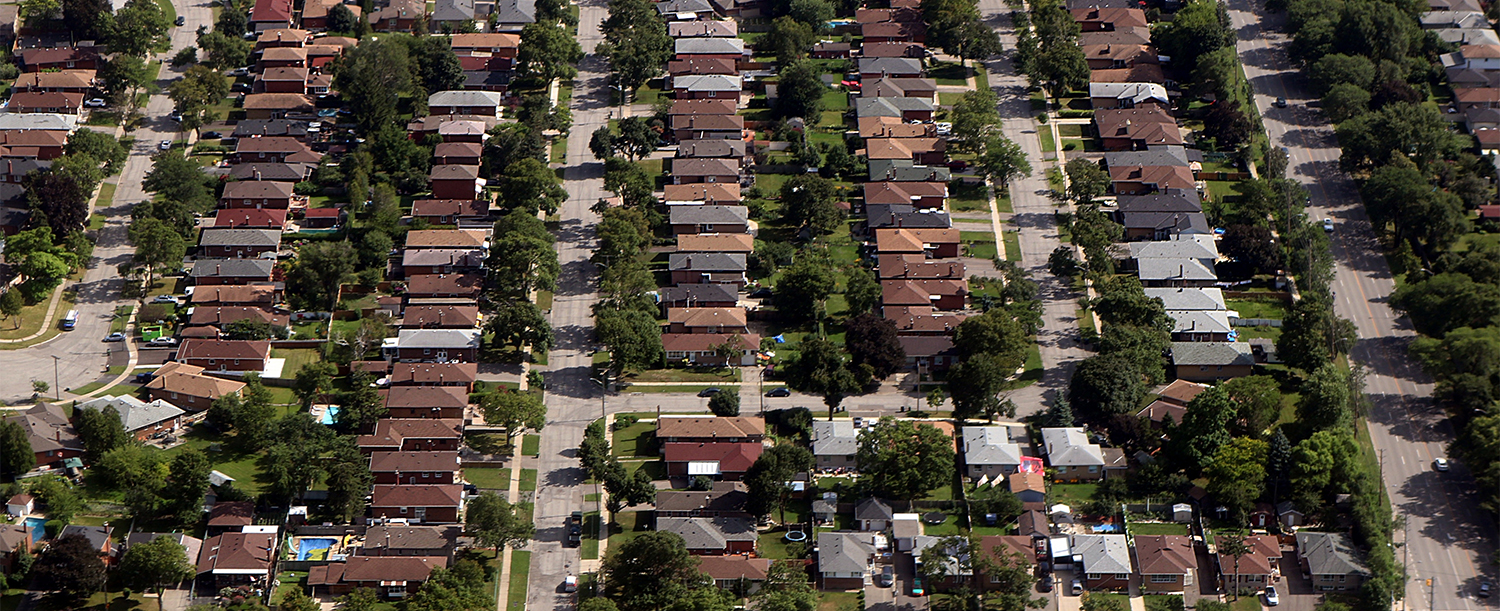Kerby Anderson
This last year of the pandemic and lockdown have put so many middle-class families in a position of financial fragility. A few years ago, the Federal Reserve Board conducted a survey of Americans. They found that nearly half (47%) of the respondents said that the only way they could cover an unexpected expense of $400 would be by borrowing or selling something. They could not come up with the money any other way.
Five years ago, writing in The Atlantic, Neal Gabler asked: Who knew? He then answered that he knew, because he was one of the people who couldn’t come up with $400. He knew what it was like to dread going to the mailbox because it usually had more new bills and rarely a check to pay for them. He knew what it was like to tell his daughter that he may not be able to pay for her wedding.
His point was you wouldn’t know this by looking at him. You could look at his resume as a writer and conclude he was doing fine. He is in the middle-class with five books and hundreds of articles to his name. That is why he wrote about what he calls, “the secret shame of middle-class Americans.”
Most Americans received one or more checks from the government in the last year. That money didn’t come close to covering their expenses. But you wouldn’t know people were struggling financially by looking at them. The challenges of this last year have put millions more into a difficult financial situation.
One study has concluded that half of American adults are “financially fragile” and are “living close to the financial edge.” And it is worth mentioning that this is not just a liquidity problem: that they don’t have enough ready cash in their checking and savings account. Median net worth has dropped significantly.
The lesson here for everyone from politicians to employers is this: When we say that American workers are hurting, it is actually much worse than we might suspect.
 Listen Online
Listen Online Watch Online
Watch Online Find a Station in Your Area
Find a Station in Your Area










 Listen Now
Listen Now Watch Online
Watch Online
